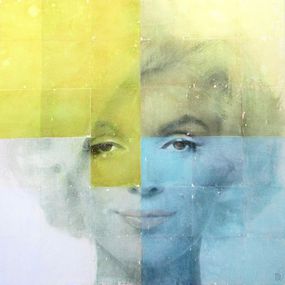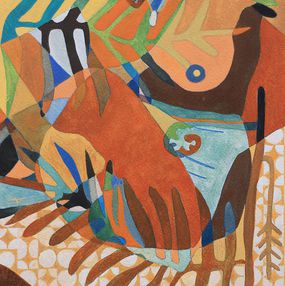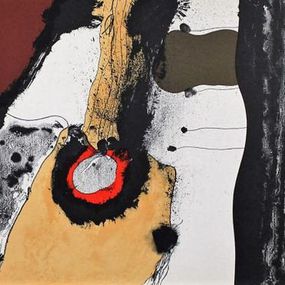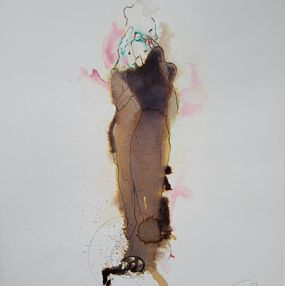
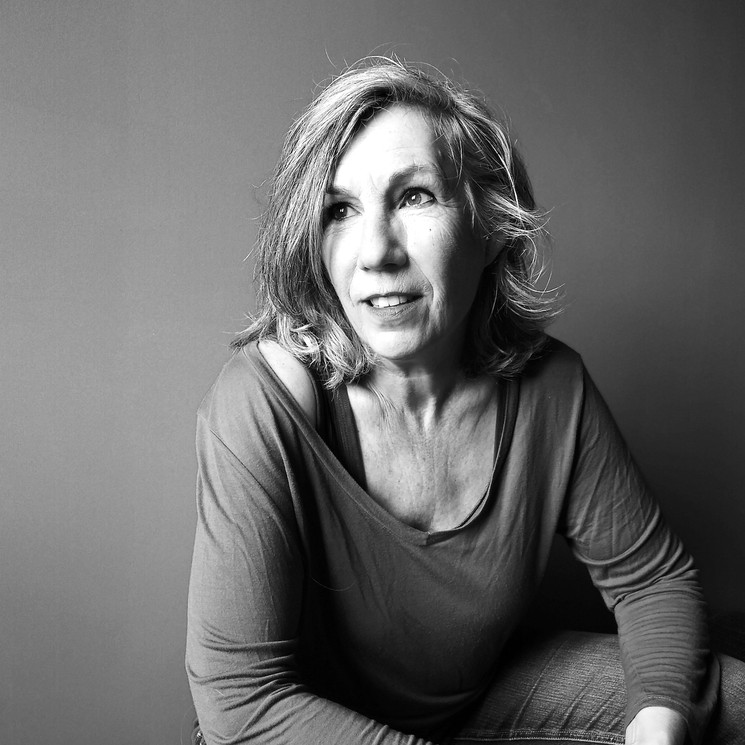
Biography
After a literary baccalaureate in the plastic arts section, followed in 1980 by a year at the School of Fine Arts in Perpignan, Marianne Cresson embarked on learning the profession of upholsterer and decorator for, she says: "put your hands in and to confront the material. ”. In 1990, she began researching this material. The series of busts appears in 2008 and concretizes his research on the work of the textile in three dimensions. Marianne Cresson exhibited this work in 2009 at the ninth international contemporary art fair in Marseille and spans the bridge between Art and Crafts.
The creative process in which the work of Marianne Cresson is inscribed is akin to the diversion of techniques, the diversion of objects and the diversion of meaning.
What happens when techniques traditionally used in the manufacture of siege, are deviated in the manufacture of objects without function? The object freed from its usefulness is returned to sensuality, to joy… but also responsible for carrying the memory of a lost “seat”.
The technically innovative aspect consists of a pioneering approach to tapestry in art. It is therefore, on the one hand, to take traditional techniques out of their formatting, and on the other hand to make their corpus available to the artist.
Caught in a multiple movement of simplification, diversification and adaptation, the techniques that she implements make it possible to enrich the vocabulary of textile work: more complex shapes, roundings, angles, assortment of colors and volumes, hollows and reliefs , emancipation of materials.
Experimentation is permanent.
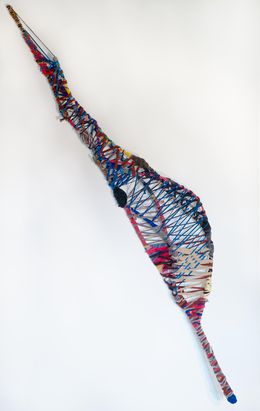
Marianne Cresson
Sculpture - 225 x 40 x 32 cm Sculpture - 88.6 x 15.7 x 12.6 inch
$958
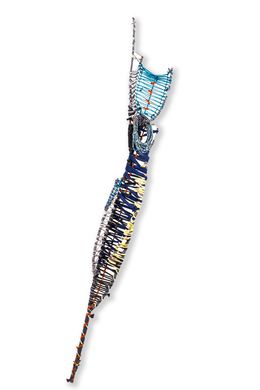

Marianne Cresson
Sculpture - 195 x 45 x 10 cm Sculpture - 76.8 x 17.7 x 3.9 inch
$1,318
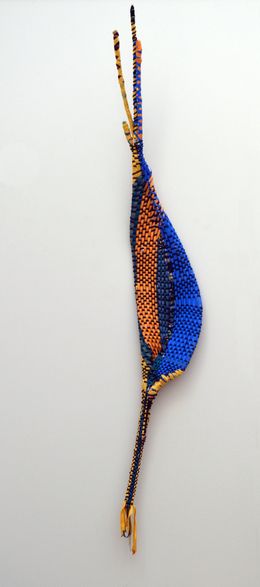
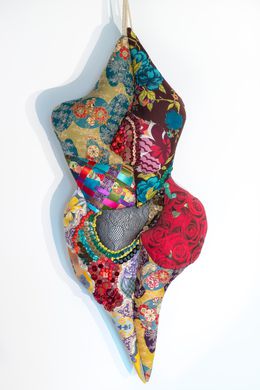
Marianne Cresson
Sculpture - 135 x 50 x 11 cm Sculpture - 53.1 x 19.7 x 4.3 inch
$1,917
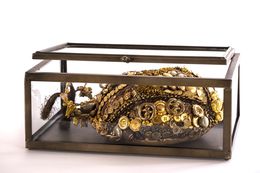
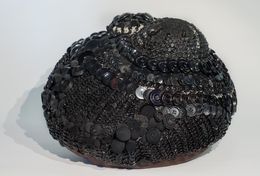
Marianne Cresson
Sculpture - 30 x 42 x 42 cm Sculpture - 11.8 x 16.5 x 16.5 inch
$4,552

Marianne Cresson
Sculpture - 210 x 40 x 30 cm Sculpture - 82.7 x 15.7 x 11.8 inch
$1,318
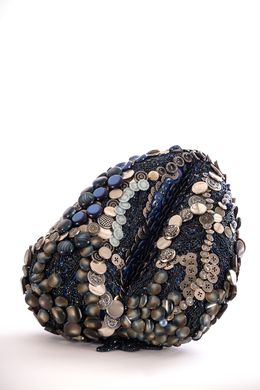

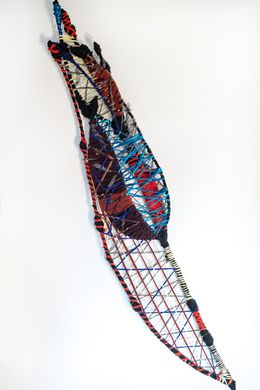
Marianne Cresson
Sculpture - 210 x 40 x 14 cm Sculpture - 82.7 x 15.7 x 5.5 inch
Sold



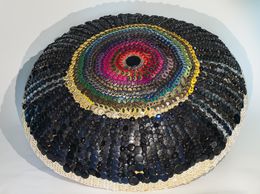
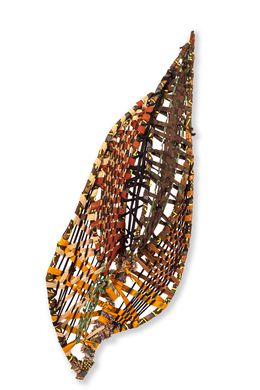

Marianne Cresson
Sculpture - 144 x 50 x 24 cm Sculpture - 56.7 x 19.7 x 9.4 inch
Sold





